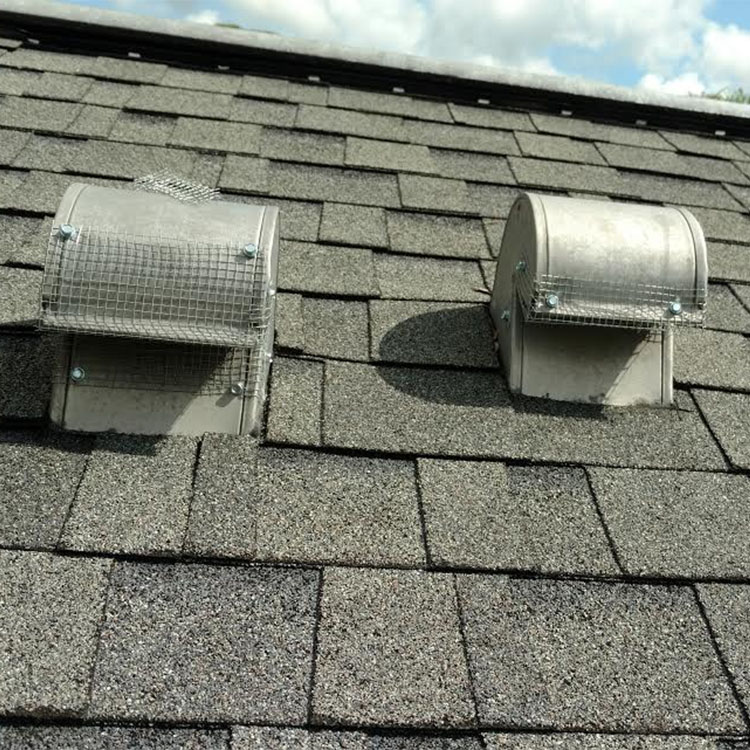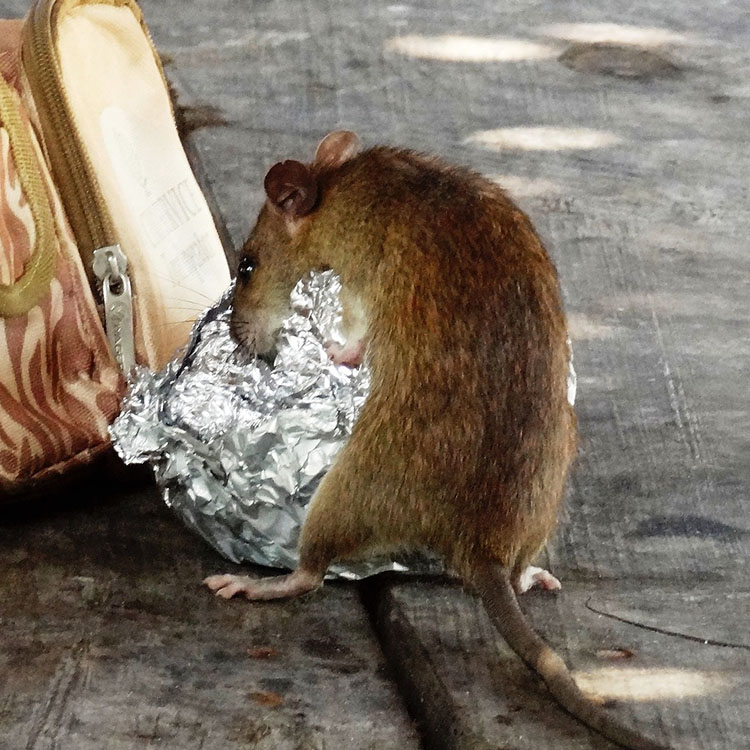Rats In The Attic | Signs & Evidence
With over 60 different types of rats in the world, you may be wondering “what kind of rat am I dealing with here?” Well, fortunately, here in the U.S. there are really only two types of rats you’re going to find trying to get into your attic: The Roof Rat and the Norway Rat.
The Roof Rat is most commonly found in warmer areas as they thrive outdoors. These rats are typically found to be between 13-18 inches long, tail included. When they are outdoors, they will nest in piles of wood and other debris, however they love attics as well. These rats tend to not only seek out your attic for nesting grounds, but also for shelter against the weather and natural predators. As rats are pretty small creatures, they encounter a lot of dangers with other animals. Some of their most common predators are snakes, birds of prey, and even household pets. You know your cat loves to bring you dead rodents as presents.
The Norway Rat is more common in big cities, as these are the sewer rats you often hear about. No, that’s not a rumor, these guys do tend to live in the sewage systems. The name Norway Rat is deceiving, as these guys actually came originally from Asia, but arrived in England on Norwegian ships. These rats are larger than Roof Rats and can grow up to 18 inches long! They thrive off of human food, and can even chew through plastic to get to it. Typically, if you’re having an issue with Norway rats, they came through your plumbing.

Both of these rats are excellent climbers and can squeeze into tiny holes. Both can cause a huge problem once inside your home, so it is important to take action as soon as a problem is noticed.
There are many different ways to tell if you are having a rat issue, and it’s important to identify immediately so that you can address the problem before it becomes a major issue! Of course, since rats are known to be shy creatures, it is unlikely that you would see one unless you are dealing with a major infestation.
One of the first signs you will notice is the noise associated with rats in the attic or walls. They make a light scratching sound as they run around, and since they are nocturnal you will hear this more often at night when you are trying to sleep. Many times, the noise is not concentrated to one area of the house and you can at times hear them scampering back and forth. Many people have said that while not thunderously loud, it is obnoxious enough to interfere with them falling asleep.
You may also notice that the food in your kitchen is disturbed. Food that is laying around may go missing, or have chunks taken out of it. Even food that was packaged could have been chewed through. Rodents will use their sharp teeth to chew through all sorts of packaging if they sense that there is food in it. Typically, they will eat things on the spot and then carry leftovers to the nesting area. This can be an early and troublesome sign, as it is upsetting to imagine little rat paws being all over your food.

Rats love to chew and gnaw on pretty much anything they can. This can be another major sign of rats. If you are noticing little chew marks on wood, food, or even on electrical wires there’s a pretty good chance that you are dealing with rats.
Finally, you can tell if it is rats by the droppings that you find. Super gross, I know. Rats will leave behind hundreds of droppings, so it is one of the easiest methods of knowing what you’re dealing with. Most droppings will look like tiny brown grains of rice, not very different from squirrels. However, they are much smaller, typically 3quarters of an inch to a half inch in size. 3 quarters is typically the sign of the Norway Rat, while a half inch is typical of the Roof Rat. Rats also are known to use the “latrine system” which means that they generally leave droppings in a similar location. Often these are found in corners or along the sides of whatever room they are in.
While found most commonly in the attic, because of their size and agility, rats could be living in other places as well. The next most common place to locate them is in the walls, they could have started in the attic and gained access into the walls through small crevices. Norway rats could easily crawl through the pipes in walls, as well.
Typically, rodents are drawn to any place where they can easily access food without being too disturbed. Some more common locations to find them are laundry rooms, garages, and pantries. It just depends on the ease of access that they have. Rodents can squeeze through holes that most animals cannot, so if there is a way for them into an area they will at the very least investigate it.
Another common place for rats to hide is behind kitchen appliances. Many times, they can use the holes that have been cut for the wires to gain access to the area. These large appliances give them a hiding spot with full access to the kitchen so that they can feast on the food that they find.
If a rodent problem goes without any sort of action for extended period of time, they could even find their way into your living space. This is a major problem that can prove to be much harder to remedy. They are still more afraid of you than anything, so often they would try to hide from you behind furniture.
Once a rodent has access to your home, they essentially have access to all areas, which can make trapping them all very difficult.